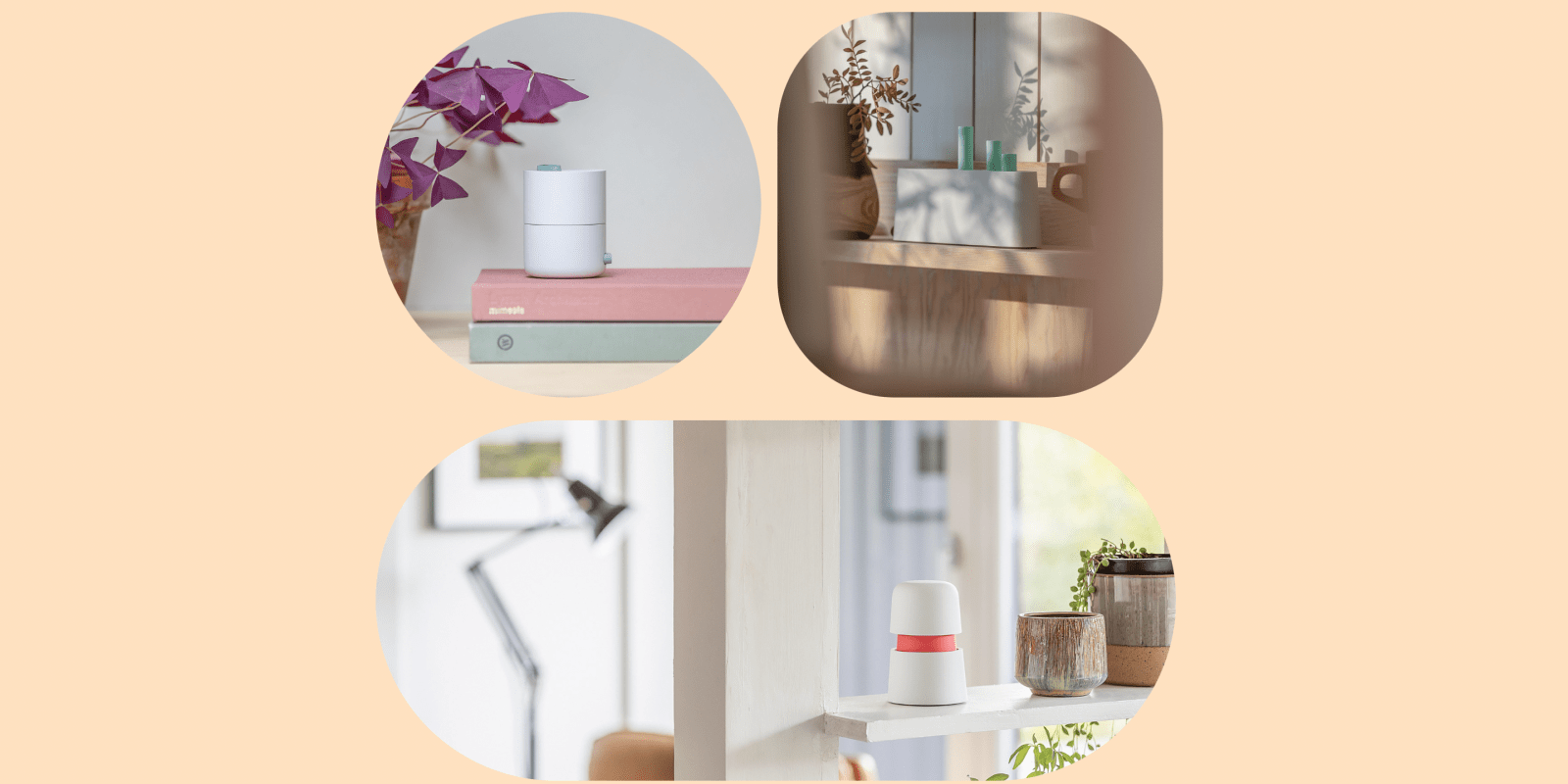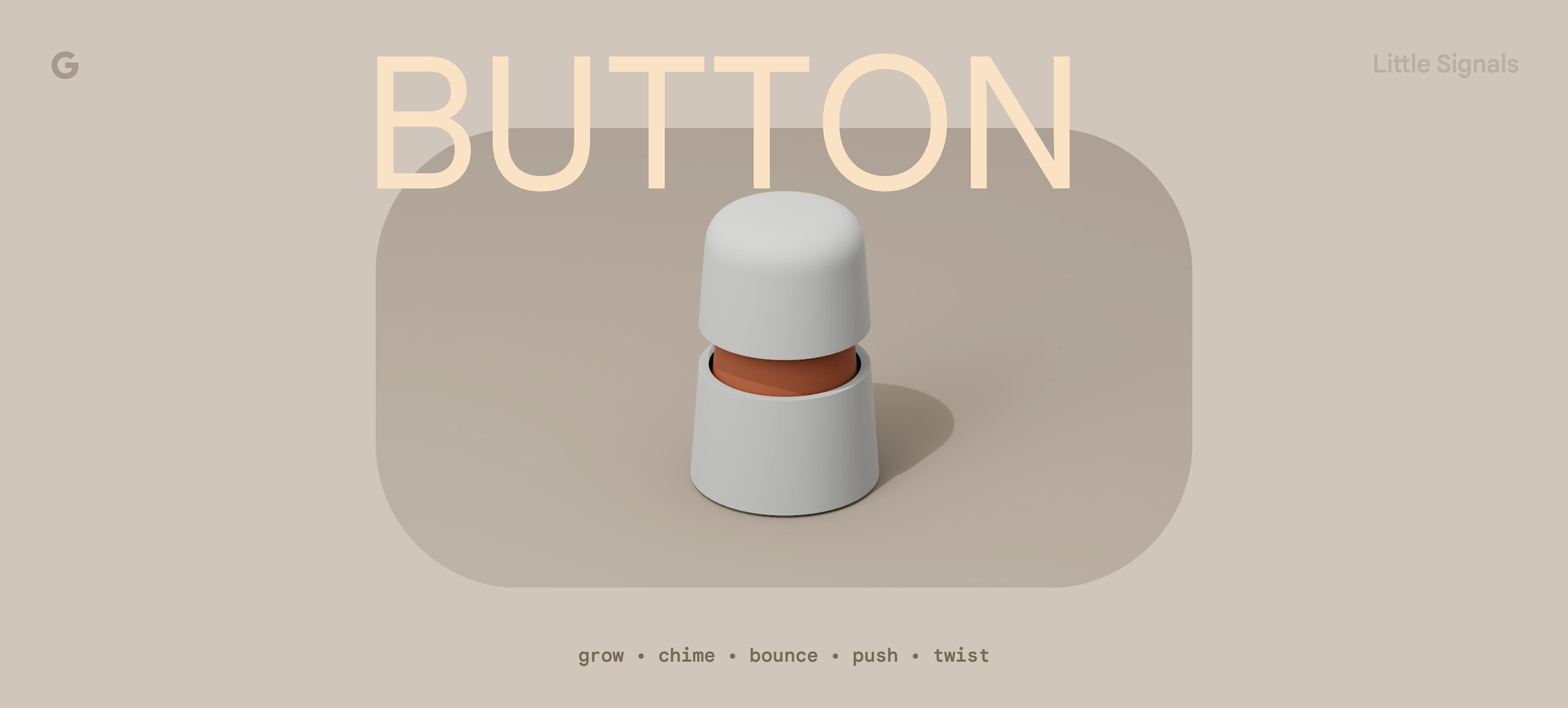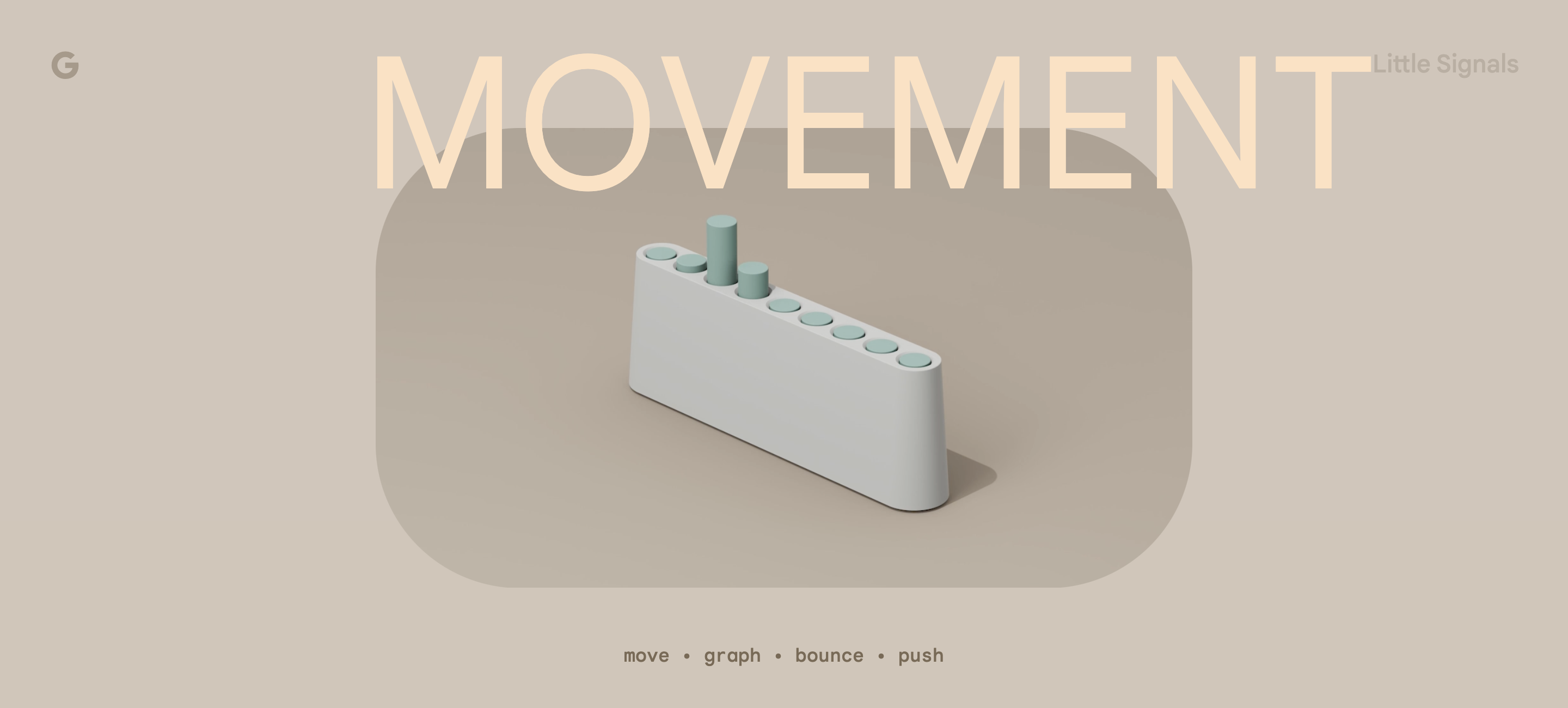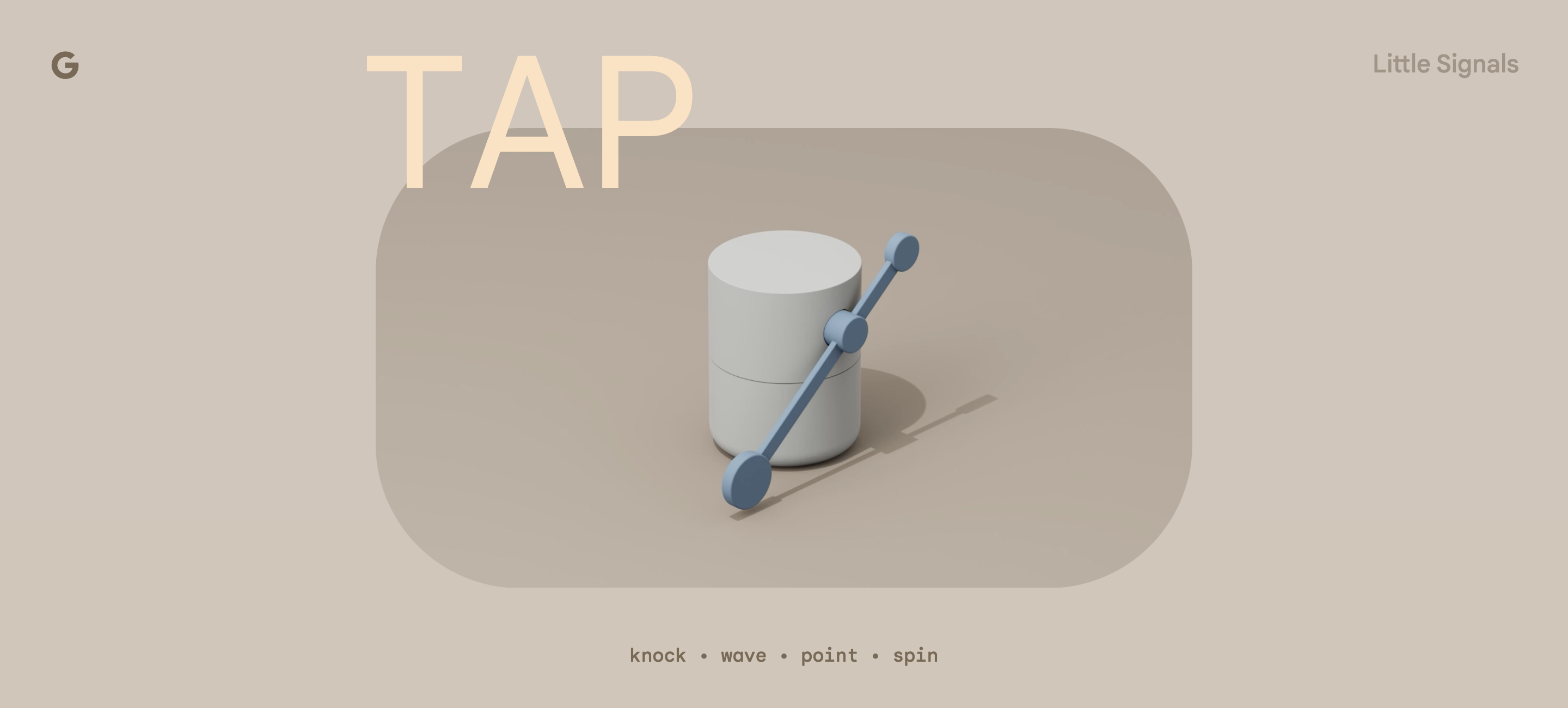
Ambient Computing, or the idea that technology should always be available in the background to help, is Google’s long-term goal for its hardware. “Little Signals” is a new Google experiment that imagines what shape Ambient Computing devices could take in the future.
Listed on Experiments with Google under the Digital Wellbeing Collection, Little Signals is a “series of interaction experiments” created by the Google Seed Studio (and Map Project Office) tasked with creating “advanced concepts for Google hardware devices.”
With the caveat that this is not on track to become an actual Made by Google product in mind, we see that the company is exploring how technology can “subtly signal for attention” (notifications) and share other information in your smart home without being overwhelming – compared to today’s Smart Display visual alerts or loud sounds from speakers – by “engaging with our senses in more nuanced ways.”
Each object has its own method of communicating, like through puffs of air or ambient sounds. Additionally, their small movements or simple controls bring the objects to life and make them responsive to changing surroundings and needs.
There are six devices and notification types:
- Air interacts with its close surroundings. Pulses of air move nearby items, like the leaves of a plant, to attract attention.
- Button combines scale and sound to communicate and provide control. The top twists – right for more details, left for less – and grows as it receives information. It plays a tone when full.
- Movement features seven pegs that graphically represent information – like a calendar or timer– through their height and motion. The pegs work individually or as a group, and are tapped for simple input.
- Rhythm generates ambient sounds. Qualities of the melody convey qualities of the information, like its importance, urgency, or tone. A wave over the object, or simply turning it over, mutes it.
- Shadow communicates through the movements of the shadow it casts. They show the object’s status, like gently breathing when active or stretching in response to presence.
- Tap makes use of surfaces to create sounds that act as notifications. A stronger tap means more pressing news.
Just as everyday objects might find simple ways to inform us – like the moving hands of a clock or the whistle of a kettle – Little Signals consider how to stay up-to-date with digital information while maintaining moments of calm.
While just an exploration, Google has released a full guide on how you can build these devices – which fit with the company’s existing soft and home-y Nest aesthetic – yourself with Arduino.
FTC: We use income earning auto affiliate links. More.










Comments